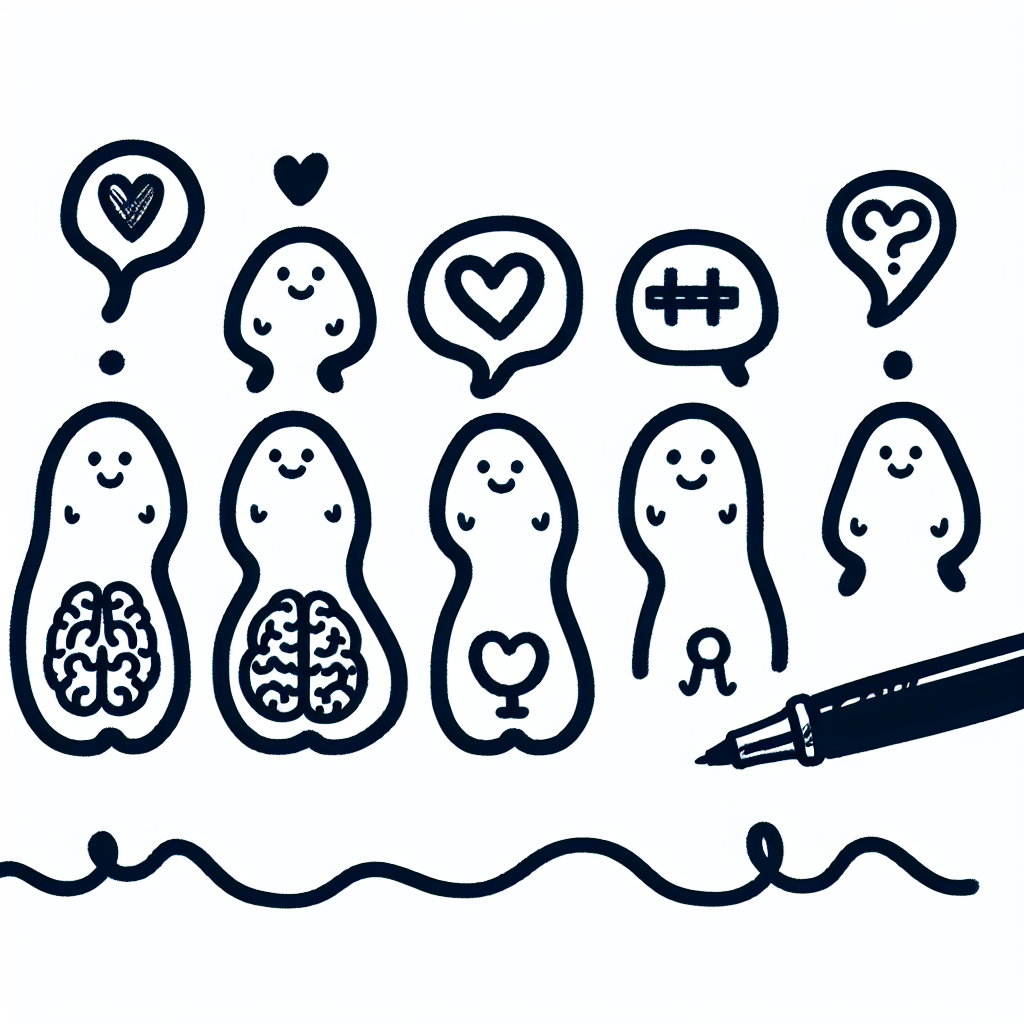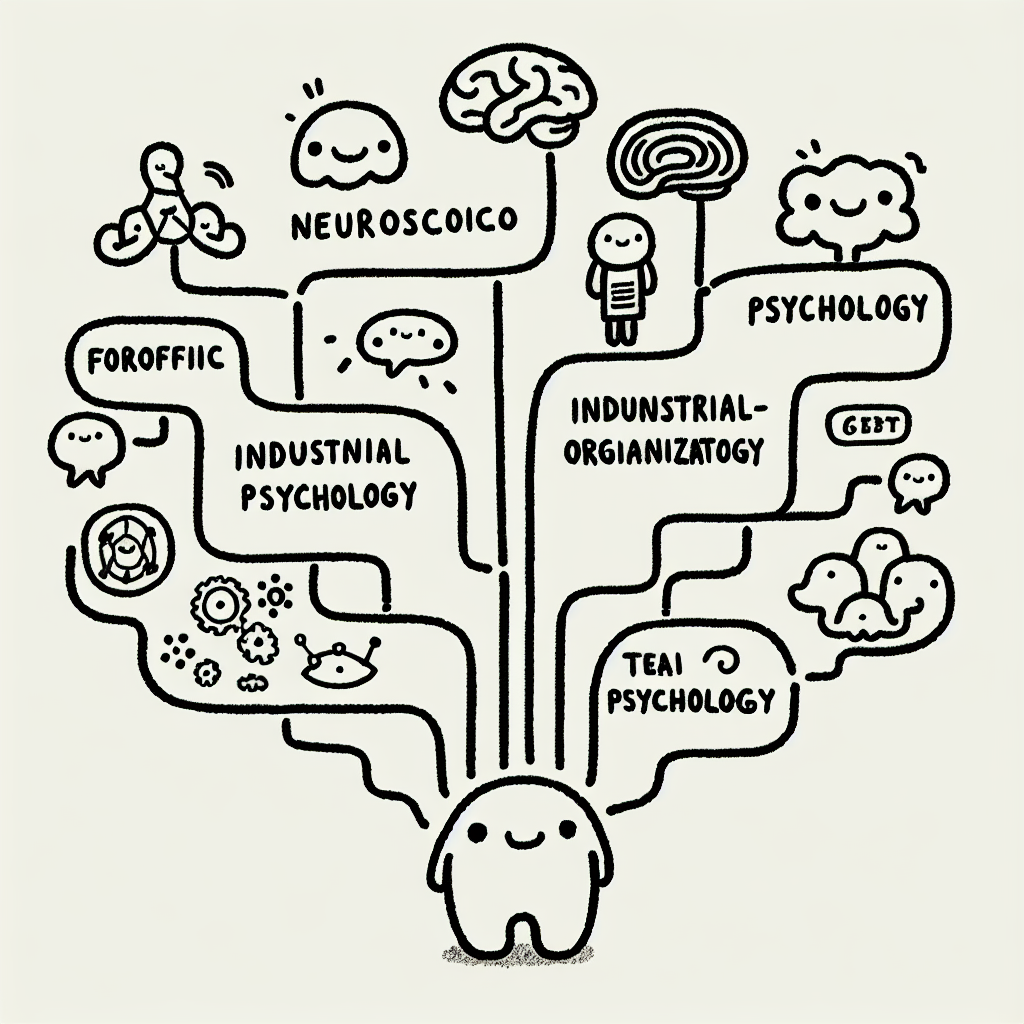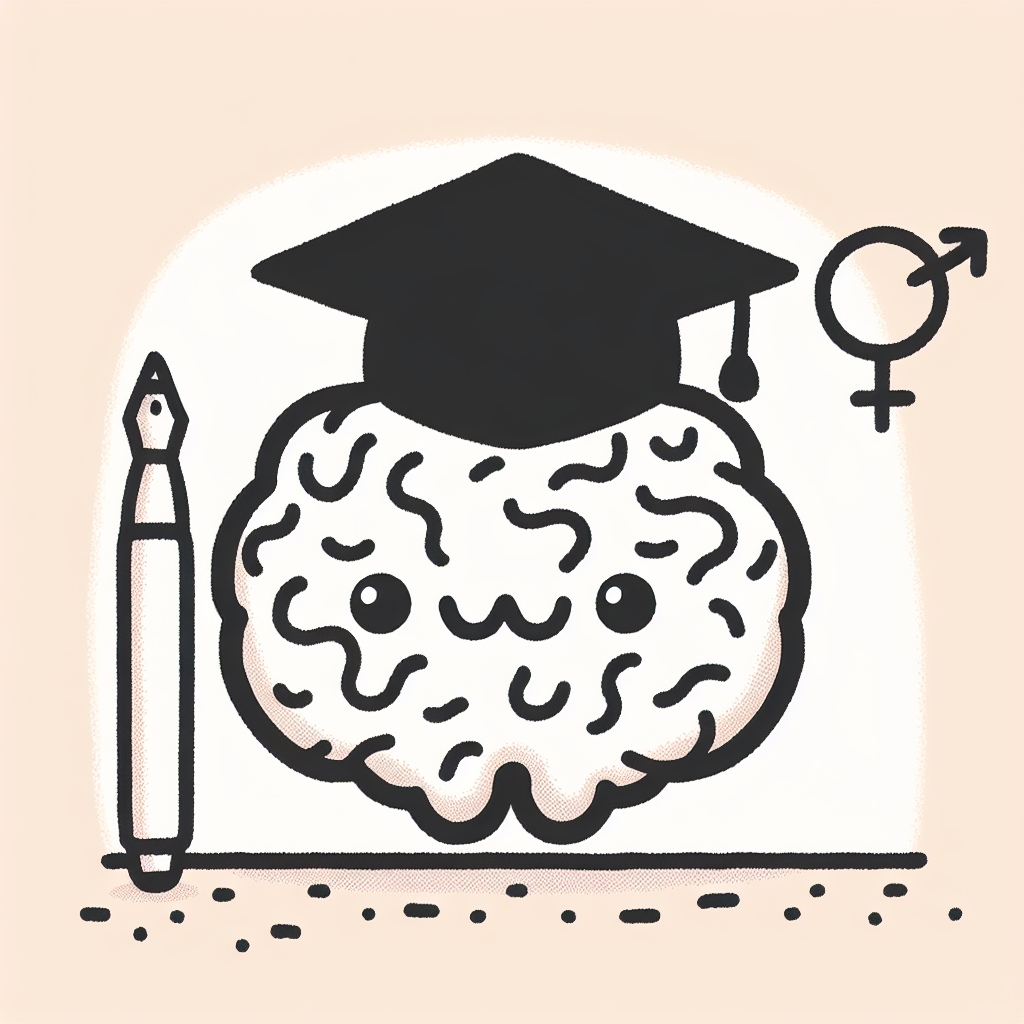Introduction
Psychology is the scientific study of the mind and behavior. It encompasses a wide range of topics, including cognitive processes, emotional regulation, social dynamics, and mental health. As a field of study, psychology attracts students interested in understanding human behavior and applying that knowledge in various settings like healthcare, education, business, and research.
Tracking trends in psychology degrees is important for understanding shifts in student interests, workforce demands, and societal needs. It helps academic institutions, employers, and policymakers align their strategies with the evolving landscape of mental health and behavioral sciences.
Currently, psychology remains one of the most popular undergraduate majors in the United States. According to data from the National Center for Education Statistics, psychology consistently ranks among the top five most awarded bachelor's degrees. This sustained popularity highlights the relevance of the field in addressing contemporary issues such as mental health awareness, diversity and inclusion, and workplace well-being. As such, examining the top psychology majors provides valuable insight into the future direction of the discipline.

Psychology Degrees Conferred in 2021–22
Total Degrees Awarded
In the 2021–22 academic year, colleges and universities in the United States awarded approximately 129,600 bachelor's degrees in psychology (NCES Fast Facts). This substantial number places psychology among the top six most popular undergraduate majors nationwide. The consistent demand highlights the field's broad appeal and relevance across a range of professions and academic interests.
Comparison to Other Fields
When compared to other popular disciplines, psychology holds a significant position. Business remains the most commonly awarded undergraduate degree, followed by health professions and related programs. Social sciences, which often include disciplines like sociology, political science, and anthropology, also rank highly. Psychology’s inclusion in the top six reflects its interdisciplinary nature—it frequently overlaps with both health professions and social sciences. For instance, students interested in mental health careers may pursue psychology as a stepping stone to clinical practice, while others may integrate psychological principles into roles in business, education, or public policy. This versatility contributes to psychology’s strong standing among top psychology majors.

Psychology as a Top Major in the U.S.
Sustained Popularity
Psychology consistently ranks among the top psychology majors in the United States. According to data from the National Center for Education Statistics (NCES), psychology is regularly listed among the most awarded bachelor's degrees nationwide. Its enduring appeal is driven by several factors, including its relevance to understanding human behavior, growing societal interest in mental health, and the flexibility it offers in career planning.
Students are increasingly drawn to psychology due to its focus on topics like cognition, emotional development, and interpersonal relationships, which are applicable in both personal and professional contexts. Additionally, the rise in mental health awareness has heightened interest in careers that contribute to psychological well-being, further cementing psychology’s place among the top psychology majors.
Academic and Career Pathways
Students pursuing psychology as one of the top psychology majors often follow varied academic paths. Many opt for graduate school to specialize in areas such as clinical psychology, counseling, or industrial-organizational psychology. Others may pursue advanced degrees in research or academic roles, contributing to the field’s theoretical and empirical foundations.
In terms of careers, psychology graduates have access to a wide array of opportunities. Common fields include therapy, counseling, human resources, marketing, education, and criminal justice. The broad applicability of psychological principles makes the degree versatile, allowing individuals to work in both public and private sectors. This range of options continues to make psychology one of the top psychology majors for students seeking both intellectual fulfillment and professional versatility.

Historical Growth in Psychology Degrees
The field of psychology has seen a notable rise in degree conferrals over the past two decades, reflecting its growing popularity among students and its relevance in today’s job market. Among the top psychology majors, this trend highlights a sustained interest and investment in psychological studies.
Year-by-Year Data Trends
Between the academic years 2003–04 and 2017–18, the number of psychology degrees awarded in the United States increased from 82,098 to 116,436, according to data from the National Center for Education Statistics (NCES Digest Table 325.80). This gradual and consistent growth underscores psychology's standing as one of the top psychology majors pursued in higher education.
Factors Influencing Growth
Several factors have contributed to this steady rise. A heightened societal focus on mental health has led to increased interest among students who want to make an impact in this area. Additionally, the expanding job markets in psychological services and wellness industries have made psychology an attractive and practical academic path. The growth of accessible online and hybrid psychology programs has also played a crucial role, enabling more students to pursue one of the top psychology majors regardless of geographic or scheduling limitations.

Gender Distribution in Psychology Majors
Psychology has historically been a female-dominated field among the top psychology majors. This trend has remained consistent over the decades. In the 2010–11 academic year, approximately 77% of bachelor’s degrees in psychology were awarded to women, according to data from the National Center for Education Statistics (NCES Digest Table 325.80).
Today, women continue to earn the majority of psychology degrees. This gender distribution persists across undergraduate and graduate levels. However, disparities exist within the subfields of psychology. For example, clinical and counseling psychology programs tend to enroll more women, while areas such as cognitive psychology or neuroscience may have a more balanced gender ratio or even see more male participation.
Understanding the gender distribution in top psychology majors helps highlight broader trends in educational and occupational choices within the field. It also raises questions about representation, access, and potential biases in specific areas of psychological research and practice.

Racial and Ethnic Diversity Among Psychology Majors
Increasing Representation
The field of psychology has experienced a steady increase in racial and ethnic diversity among students pursuing degrees. Over recent decades, more students from historically underrepresented backgrounds have chosen psychology as a major. According to data from the NCES Fast Facts, the percentage of psychology degrees awarded to Black, Hispanic, Asian, and multiracial students has grown significantly. This shift reflects broader demographic changes in higher education and greater interest in psychology among diverse populations.
For example, Hispanic students now make up a larger share of psychology degree recipients than in previous decades, while the number of Black and Asian students entering the field has also increased. Multiracial students, a growing demographic in the U.S., are also contributing to the diversification of top psychology majors.
Challenges and Opportunities
Despite these positive trends, challenges remain. One of the primary concerns is the need for culturally competent curricula and training that reflect the lived experiences of diverse populations. Many psychology programs are working to incorporate more inclusive theories, research methodologies, and case studies that better represent the range of human experiences.
Professional organizations such as the American Psychological Association play a key role in promoting diversity by supporting initiatives that recruit and retain students of color, funding research on minority mental health, and offering resources for faculty to enhance cultural competence. As top psychology majors become more diverse, these efforts are essential to ensuring that the discipline remains inclusive and responsive to the needs of all communities.

Emerging Specializations Within Psychology Majors
As the field of psychology continues to evolve, several emerging specializations are reshaping what it means to pursue one of the top psychology majors. Students are increasingly drawn to subfields that intersect with modern technology, society's changing needs, and interdisciplinary study.
Subfields Gaining Popularity
Among the fastest-growing areas within psychology majors are neuroscience, forensic psychology, and industrial-organizational psychology. Neuroscience appeals to students interested in the biological basis of behavior and mental processes, often bridging psychology with biology and chemistry. Forensic psychology combines psychological principles with legal systems, offering paths into criminal profiling, court consulting, and corrections. Industrial-organizational psychology focuses on applying psychological strategies to workplace productivity, employee behavior, and organizational development.
Cross-disciplinary programs are also attracting attention. Psychology and data science programs equip students to handle large datasets and conduct complex behavioral analyses, a valuable skill in both academic and commercial sectors. Likewise, programs combining psychology and public health prepare students to address mental health from a population-level perspective, emphasizing prevention, policy, and health equity.
Technological and Societal Influences
Technology and social trends are significantly shaping the direction of top psychology majors. The rise of artificial intelligence and big data has revolutionized psychological research, enabling more precise modeling of human behavior and mental processes. These tools allow researchers to analyze patterns that were previously inaccessible, increasing the demand for students with computational and analytical skills.
Additionally, the growth of teletherapy and digital mental health platforms has changed how psychological services are delivered. This shift has led to increased interest among students in digital interventions, mobile mental health apps, and virtual counseling methods. Societal acceptance of online therapy has also broadened the appeal of psychology majors who want to contribute to mental health innovation.
These trends illustrate how top psychology majors are no longer limited to traditional roles but are expanding into dynamic, technology-driven, and socially responsive disciplines.

The Future of Psychology Education
Educational Innovations
The landscape of psychology education is evolving rapidly to meet the needs of a changing student population. One major development is the expansion of online bachelor’s and graduate programs in psychology. These programs offer greater flexibility and accessibility, allowing students from diverse backgrounds and locations to pursue degrees from accredited institutions without relocating or disrupting their current commitments.
In addition to full degree programs, microcredentials and certificates in niche areas are becoming more common. These short-form educational offerings allow students and working professionals to gain specialized knowledge in topics such as forensic psychology, neuropsychology, or trauma-informed care. Microcredentials can also help students test out potential career paths or enhance their qualifications in targeted sectors of the field.
Policy and Funding Considerations
Support from both government agencies and academic institutions is shaping the future of psychology education. Increased funding for mental health initiatives has led to more investment in educational programs that train future professionals. Policies encouraging mental health awareness and intervention have prompted universities to expand their psychology departments and course offerings.
There has also been a rise in scholarships and grants designed to support underrepresented students pursuing top psychology majors. These financial aid opportunities aim to create a more diverse and inclusive psychology workforce by reducing economic barriers to entry. This targeted funding helps ensure that the field reflects the populations it serves, enhancing cultural competence and the overall impact of psychological services.

Conclusion
The field of psychology continues to evolve, with several key trends shaping its current trajectory. Among the top psychology majors, there is steady growth in enrollment, indicating sustained interest in the discipline. Women continue to dominate the field, making up the majority of psychology students at both undergraduate and graduate levels. At the same time, efforts to increase diversity are gaining traction, with more programs focusing on inclusive recruitment and curriculum development.
These trends carry important implications. For students, the expanding scope of psychology opens up diverse career paths in healthcare, education, business, and public policy. Educators must adapt by offering interdisciplinary curricula that reflect the practical applications of psychological knowledge in today’s world. Policymakers should recognize the value of psychology in addressing complex societal issues, such as mental health, education reform, and social justice.
As the 21st century presents new challenges—from the mental health crisis to global social change—the role of psychology becomes increasingly vital. Top psychology majors are not only advancing academic knowledge but also contributing to solutions that improve individual and community well-being.

References













